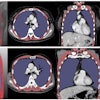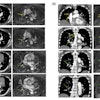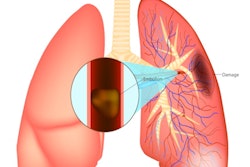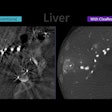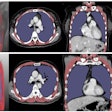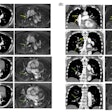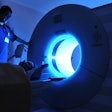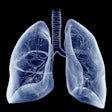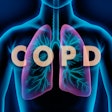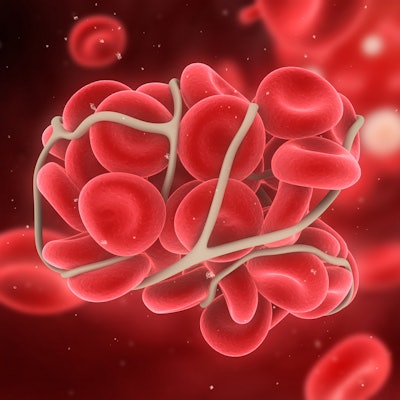
Despite high rates of venous thromboembolism (VTE) in hospitalized COVID-19 patients, the risk in outpatients after infection appears low, according to a study published March 13 in JAMA Open Network.
In a large clinical practice assessment of almost 400,000 outpatients with COVID-19, researchers learned that the rate of VTE was low in the first 30 days after COVID-19 diagnosis and even lower after 30 days of follow-up. The finding provides a greater understanding of VTE risk and may help guide thrombosis prevention strategies, the group wrote.
"Our assessment in a large, unselected group of community-dwelling outpatients diagnosed with COVID-19 found that the overall rate of VTE was low, at 0.26 per 100 person-years," noted lead author Dr. Margaret Fang of the University of California, San Francisco.
VTE refers to blood clots in the veins, which can cause disability and death when undiagnosed. Typically, CT pulmonary angiography (CTPA) is used to diagnose the condition and drugs to break up the clots are used to treat it. While patients hospitalized with COVID-19 have been shown to have higher rates of VTE, the risk and predictors of the condition among individuals with less severe COVID-19 managed in outpatient settings are less well understood, according to the authors.
To fill the knowledge gap, the group performed a study based on data from two health systems in Northern and Southern California; the data came from 398,530 outpatient adults aged 18 years or older with COVID-19 who were diagnosed between January 2020 and January 2021 and tracked through February 2021. The primary outcome was the rate per 100 person-years of diagnosed VTE.
Out of the total patient cohort, there were 292 (0.1%) VTE events identified over the follow-up period, for an overall rate of 0.26 per 100 person-years, according to the findings. The sharpest increase in VTE risk was observed during the first 30 days after COVID-19 diagnosis, at a rate of 0.58 versus 0.09 after 30 days of infection.
In addition, the researchers identified the variables indicated in the following table as associated with a higher risk for VTE in outpatients with COVID-19.
| Variables associated with higher risk for VTE in nonhospitalized COVID-19 patients | |
| Variable | Hazard ratio (with 1 as reference) |
| Age | |
| 55 to 64 years | 1.85 |
| 65 to 74 years | 3.43 |
| 75 to 84 years | 5.46 |
| 85 years and older | 6.51 |
| Body mass index | |
| 30 to 39.9 | 1.57 |
| Greater than or equal to 40 | 3.07 |
| Inflammatory bowel disease | 2.43 |
| Male gender | 1.49 |
| Prior VTE | 7.49 |
| Thrombophilia | 2.52 |
With no established evidence-based thresholds for when to administer treatment for VTE in outpatients with COVID-19, this study provides some guidance, according to the authors.
"The low VTE rate found in our study may not justify a VTE prevention strategy of routine administration of anticoagulation given the associated costs, inconvenience, and bleeding risks in the average nonhospitalized person with COVID-19," they concluded.



